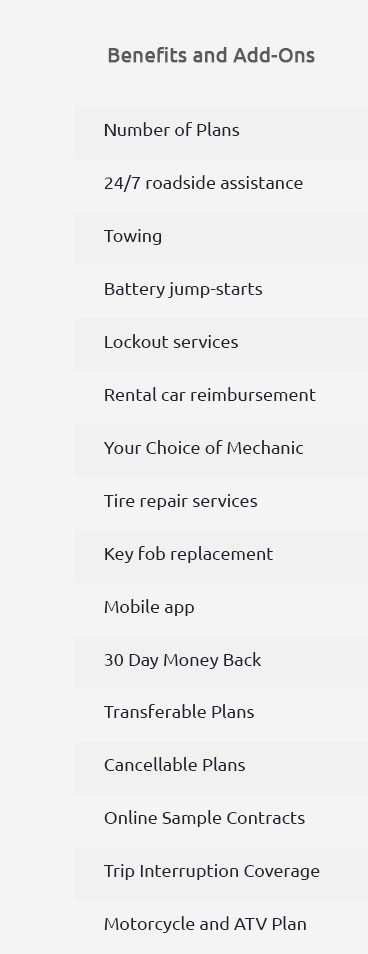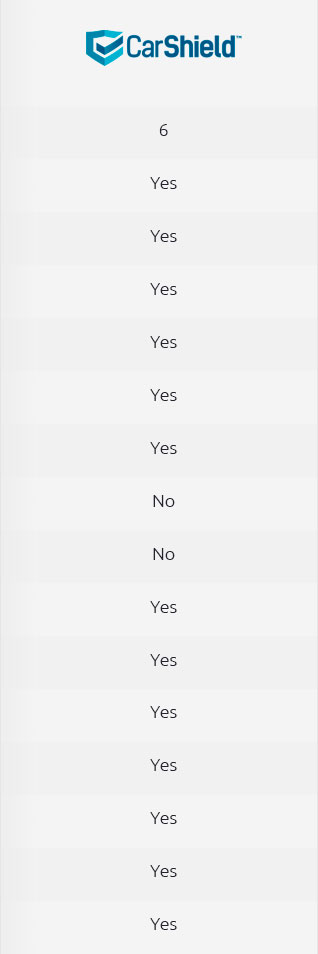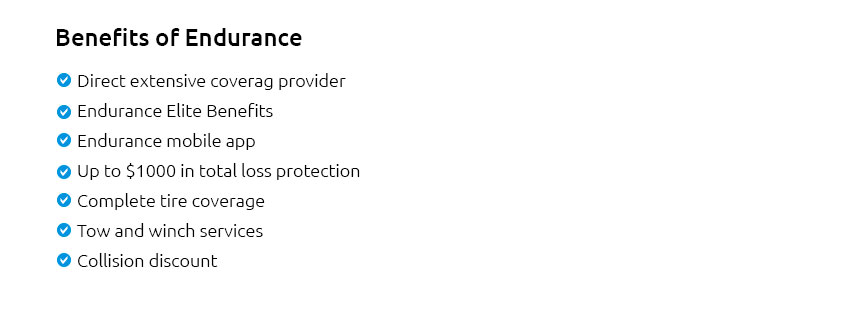 |
 |
 |
 |
 |
|||
 |
 |
|||
 |
 |
|||
 |
|||
 |
 |
 |
|
 |
|||
 |
|
 |
|
 |
|
 |
|
 |
|
 |
|
 |
|
 |
|
 |
 |
|||
 |
 |
|||

Classic Gap Insurance: Coverage Guide for U.S. ConsumersWhen buying a new vehicle, understanding the different types of insurance options available is crucial. Among these, classic gap insurance stands out as a key option for those looking to safeguard their investment. Designed to bridge the gap between what your car is worth and what you owe on it, this insurance can save you from unexpected financial strain. Understanding Classic Gap InsuranceClassic gap insurance is a type of auto insurance designed to cover the difference, or 'gap,' between the actual cash value of a vehicle and the balance still owed on the financing. This coverage becomes essential if your vehicle is totaled or stolen, and you owe more than the car's depreciated value. Especially in cities like New York or Los Angeles, where car prices are high, gap insurance can be a financial lifesaver. Benefits of Classic Gap InsuranceThe primary benefit of classic gap insurance is peace of mind. Knowing that you won’t be left paying off a loan for a car you can no longer drive offers significant relief. Additionally, gap insurance can be a source of cost savings as it prevents large out-of-pocket expenses.
What Classic Gap Insurance CoversClassic gap insurance typically covers the difference between your car’s actual cash value and the remaining loan balance. However, it does not cover the deductible, extended warranties, or any additional fees you might owe. For detailed comparisons, you can compare car warranty prices to see how gap insurance fits into your overall vehicle protection plan. Key ConsiderationsBefore opting for gap insurance, consider your car's depreciation rate, your loan terms, and the potential benefit in your specific financial situation. In high-cost areas like Chicago, understanding these factors can make a significant difference. Exploring Additional Vehicle ProtectionWhile gap insurance covers the difference in vehicle value and loan balance, you might also consider auto repair service insurance to protect against unexpected repair costs. This ensures a comprehensive approach to vehicle protection. Extended Auto WarrantiesExtended warranties can be a great complement to gap insurance, covering repair costs after the manufacturer’s warranty expires. They provide added peace of mind and can prevent major expenses. FAQs about Classic Gap InsuranceWhat vehicles are eligible for classic gap insurance?Most vehicles that are leased or financed qualify for classic gap insurance, but the specific terms can vary by provider. Is classic gap insurance worth it for used cars?It can be, especially if the car’s depreciation rate is high and you owe more than the car’s current value. How does classic gap insurance differ from new car replacement insurance?While gap insurance covers the difference between the loan amount and the car’s value, new car replacement insurance pays for a new car if yours is totaled within a specific period, typically the first year. In conclusion, classic gap insurance offers essential protection for vehicle owners who have financed their cars, helping to cover potential financial gaps in the event of total loss. By understanding the benefits and limitations of this insurance, U.S. consumers can make informed decisions that enhance their financial security and peace of mind. https://dashboard.classictrak.com/consumer/
At this time Classic GAP and Theft claims are processed through this portal. For all other products, please review your contract for claim processing ... https://www.classictrak.com/products-and-programs_classic/
As with many of our Classic GAP programs, GAP Care is available in most states, covers vehicles up to 14 model years prior, and offers up to $1,000 deductible ... https://www.classictrak.com/products-and-programs-2/
As with many of our Classic GAP programs, GAP Care is available in most states, covers vehicles up to 14 model years prior, and offers up to $1,000 deductible ...
|